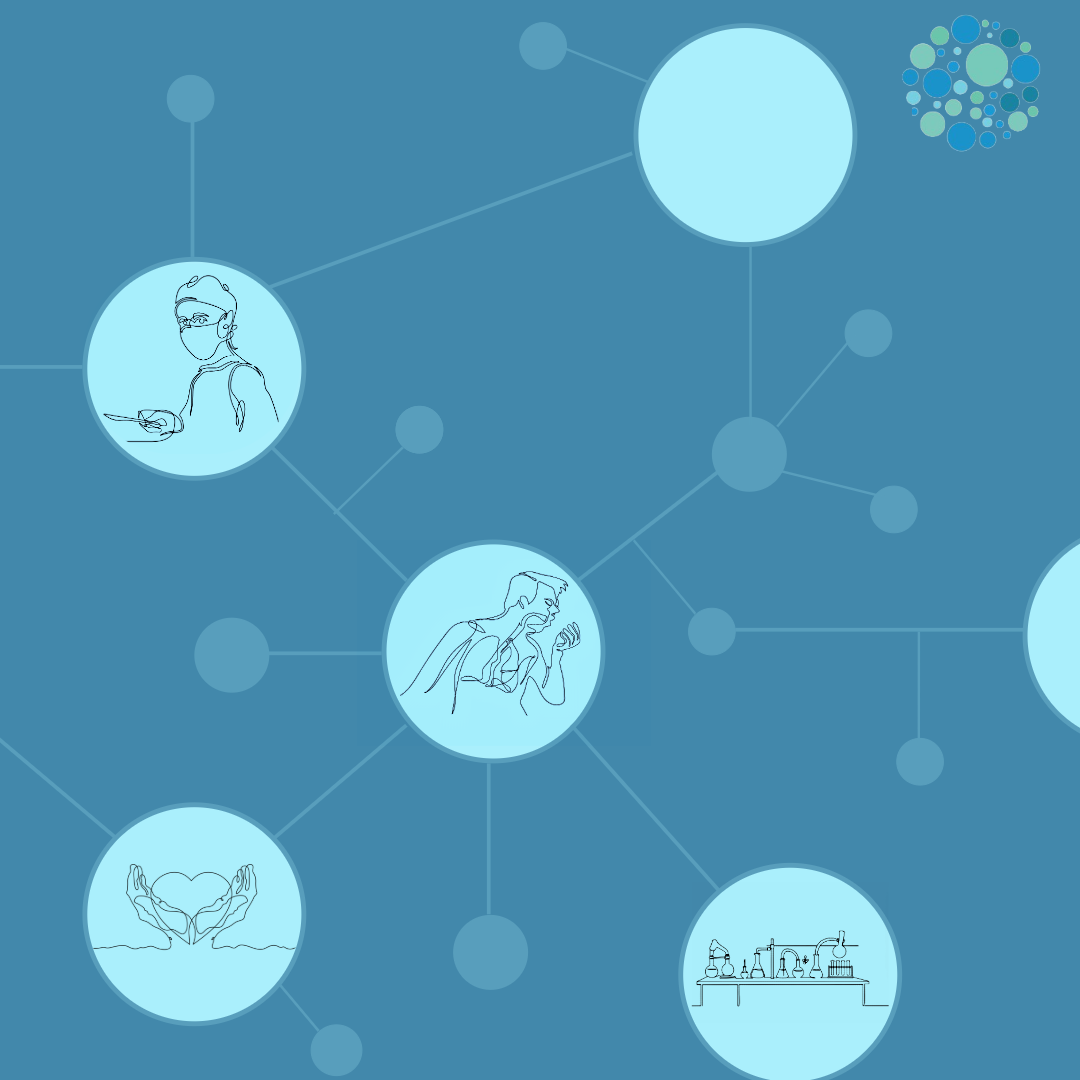Our Research Consultant Andrew Grant advocates for awareness of the physical and mental issues patients face while their condition remains undiagnosed
Getting a diagnosis when we feel unwell is something that most of us take for granted. We suffer some symptoms, go to the doctor, have some tests, get a diagnosis, and start treatment. It’s a well-established pathway to which we give little thought.
But for many people with rare diseases, that simple act of finding out what is wrong can be a long and difficult road. In fact, estimates suggest that there are 350 million people living with an undiagnosed disease, worldwide. That’s more than the population of the USA.
April 29th 2025, marks Undiagnosed Day, a global campaign to raise awareness of the challenges facing those 350 million and to encourage the medical profession, pharmaceutical industry and governments to focus more closely on undiagnosed conditions.
As one of our podcast participants, last year, said, “Not knowing can be worse than the prognosis.” Even if a diagnosis turns out to be life-limiting, or even fatal, it is perhaps better to know the worst than to suffer in ignorance.
And even for those who do discover what is causing their symptoms, the path to that final understanding can often be unbearably long. David Napier was fifty-five when he first experienced locked muscles and painful spasms, but it wasn’t until the age of seventy-two that he finally received an accurate diagnosis. He endured seventeen years of “indescribable pain”, regular paralysis, loss of speech, injurious falls and long periods in bed.
Initially, his symptoms were frequently dismissed as psychological. Later, he was wrongly diagnosed with a non-specific neurological condition and prescribed medication, which didn’t help. Finally, a determined physician correctly diagnosed Stiff Person Syndrome, a progressive disease that affects fewer than one in a million people, and David was able to start a more beneficial course of treatment. Although he is still severely debilitated, he has gained a measure of relief.
Not surprisingly, the wrong diagnosis, can sometimes be as harmful as the condition itself, and the intense frustration of expecting relief but not achieving it due to the wrong medication can be soul-destroying.
At the heart of the problem is the sheer diversity of rare diseases. They are clouded in a perfect storm of obscurity. By definition of their rarity, general practitioners don’t recognise them and don’t know which specialists to refer to. Research is difficult to organise and fund, since there are so few sufferers of each disease. And finally, pharmaceutical manufacturers see little profit in such small patient cohorts. Consequently, the wheels of change turn slowly and diagnosis often depends on an element of luck and finding a physician who is prepared to go the extra mile.
For any disease sufferer, finally being able to give a name to their condition is a major step forward. At last, they can find out more about their disease, take positive action to alleviate the symptoms, and reach out to a network of other sufferers.
Equally importantly, putting a label on the condition helps to dispel the doubts of friends and family, who can be dismissive of ailments that can’t be named; sometimes believing that it’s “all in the patient’s head.” A positive diagnosis is a flag that everyone can rally around.
The Rare Disease Network wholeheartedly supports Undiagnosed Day and its sister event, Undiagnosed Children’s Day on the 25th of April. Hopefully, growing awareness of the issues will help to alleviate some of the distress of not knowing and bring relief to those struggling in the dark.
Undiagnosed Diseases Network Foundation Home Page – UDNF
LDA Research is an international medical marketing research company renowned for recruiting hard to reach respondents. https://ldaresearch.com/
If you would like to join our Rare Disease Network on Facebook please contact us.
You can listen to, or watch our Rare Together podcasts on Spotify, Apple or YouTube here: https://lnkd.in/e8TFYBme



